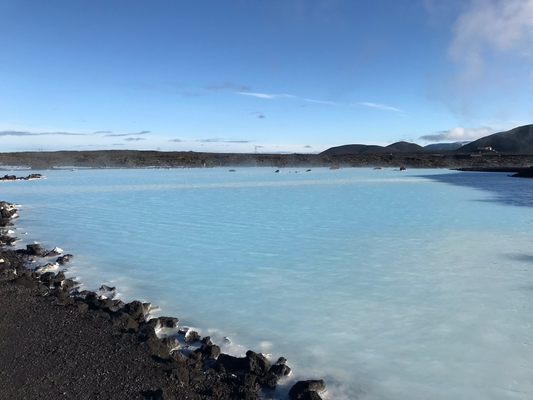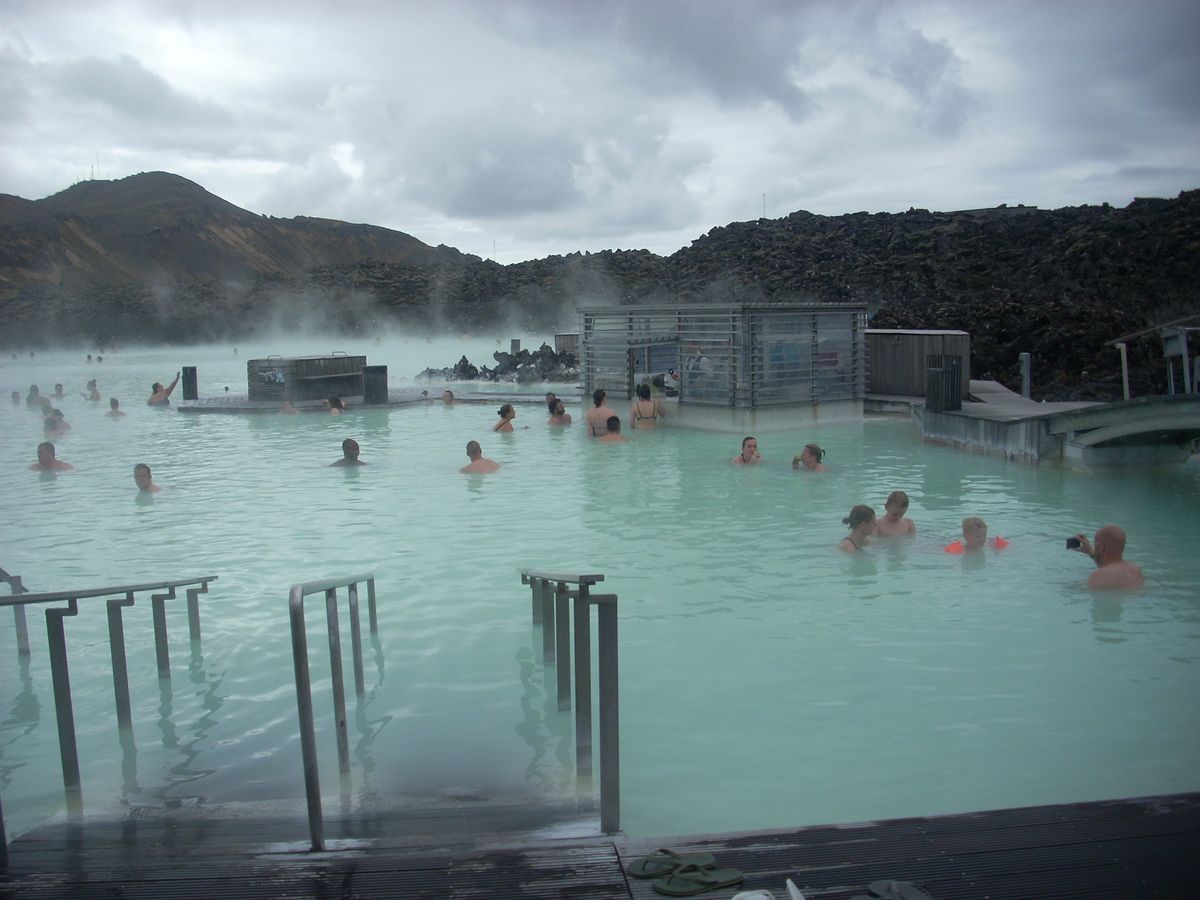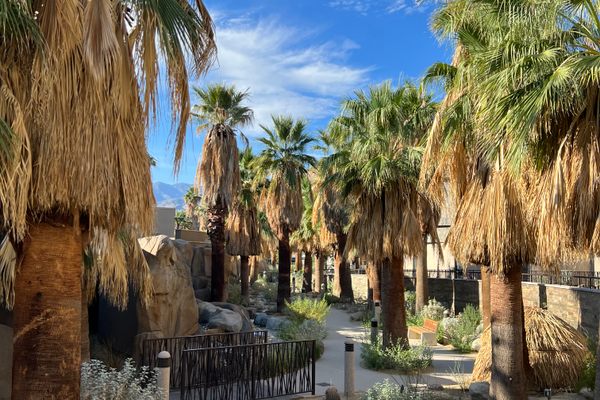About
The lava fields by the Svartsengi geothermal plant were accidentally transformed into a spa in the 1970s.
Discharged water from the plant, which is rich in salt, blue-green algae, sulphur, and white silica, was found to help with skin problems by locals who ventured into the run-off.
Almost all of Iceland’s electricity comes from hydroelectric or geothermal sources, like that at the Blue Lagoon. By utilizing the water left by the many glaciers and the heat coming from below the volcanic island, the country requires fossil fuels only for its transportation. The Icelandic power plants are not generating energy so much as harnessing the renewable sources that are constantly coming up from the ground.
The Blue Lagoon is now one of Iceland’s most popular attractions, while the geothermal plant continues to work at its edge, pulling seawater up from 2,000 meters underground, bringing earth minerals with it. Once moved through the turbines in the plant, the seawater comes into the lagoon via a pipeline, free of bacteria and with a temperature of around 39°C (102°F). Hundreds of thousands of visitors come each year to swim in the sapphire waters, shrouded with an ethereal steam mist.
Related Tags
Iceland in Winter: Northern Lights & Geothermal Marvels
A land of folklore and myths on a backdrop of remarkable natural wonders.
Book NowCommunity Contributors
Added By
Published
May 16, 2013



























































































